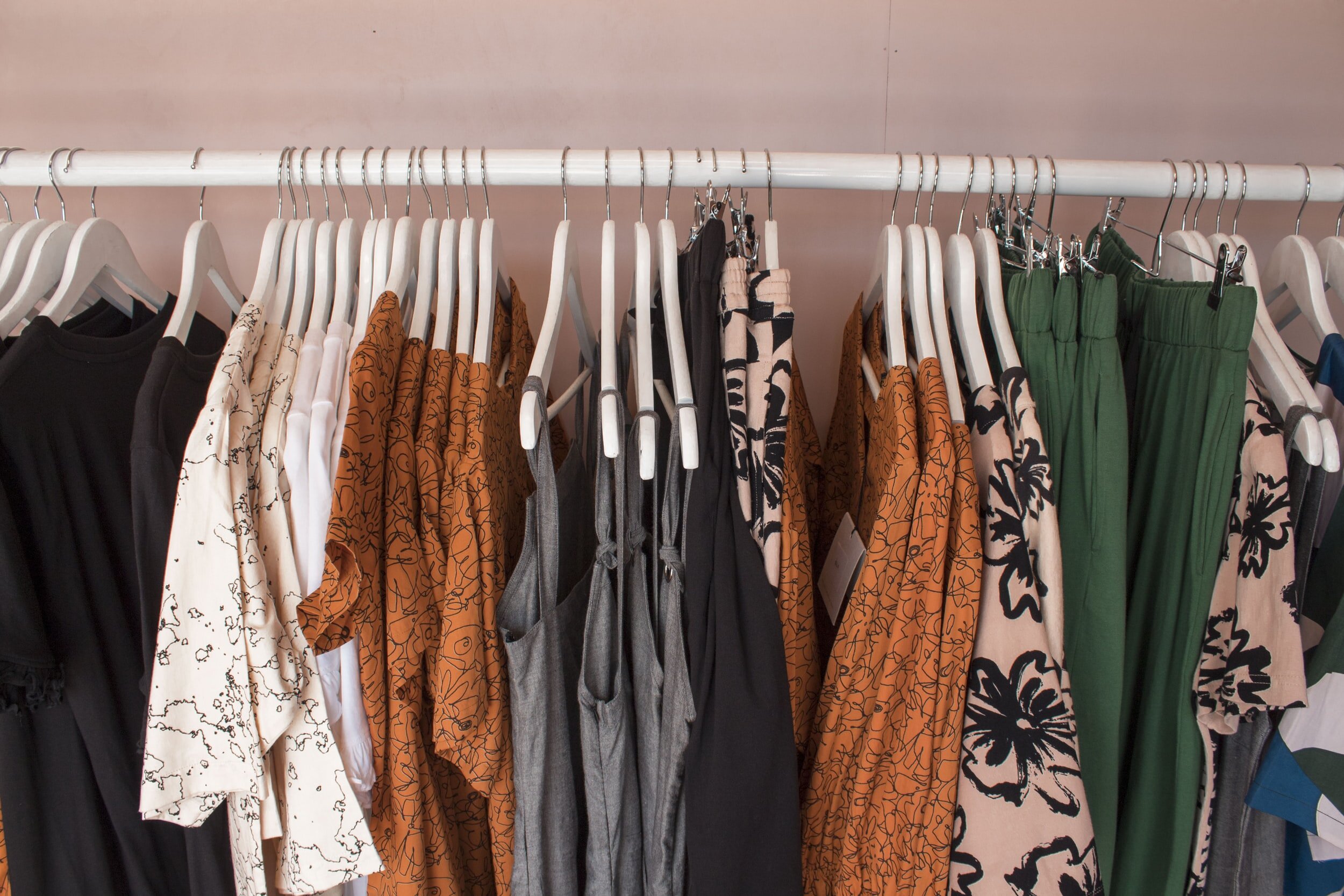Appearance at work: The future of workplace dress codes
In this punchy piece about gender discrimination and employee dress codes, Briony Lipton (@briony_lipton) discusses work clothing in the time of coronavirus. With reference to the Department of Home Affairs’ attempts to ban sleeveless blouses from video calls for employees working at home, Dr Lipton explores changing norms of workplace attire and the confusion they can entail for both employers and staff.
The COVID-19 crisis transformed work and how and where it is done. Almost two years into the pandemic and Australians are working from home more than ever before, which reflects not only government social distancing regulations, employer requirements and international trends, but also increased desires from Australians to access flexible working arrangements.
For many of us, working from home has resulted in a more relaxed approach to what we wear for work, with ‘COVID casual’ becoming the norm for many professional workers. But as work attire skews more casual due to the pandemic and working from home, the ‘rules’ about acceptable office wear aren’t always clear-cut. Although we are not yet at the end of the coronavirus pandemic, restrictions are starting to ease, and organisations are preparing for a return to office life. What does this mean for a workforce that has spent the majority of 2021 in tracksuits, yoga pants and Ugg boots? How do employees define ‘professionalism’ in appearance and dress code now, and how important do people perceive it to be into the future?
Work attire ranges from uniforms to business suits and everything in between, typically falling into one of three categories: casual, business casual, and formal. Wearing a suit and tie or a dress or skirted suit was once the norm in many professional work contexts. Gradually however, workplace dress codes have evolved and the norm across many industries has become business casual especially in settings where employees aren’t often face-to-face with customers or clients. Nevertheless, formal presentation is still expected in many workplaces, particularly in industries that rely on forging trusting expert-client relationships such as law firms, banking, and investment advising.
In the public sector, dress code appropriateness has been a major topic of conversation with the Fair Work Commission recently rejecting the Home Affairs Department appeal to enforce a strict work from home dress code that would ban public servants from wearing casual clothes including activewear, jeans, sneakers, slippers and sleeveless shirts and blouses.
For many organisations, establishing a dress code is seen as a way to establish workplace culture and a means to cultivate employees’ loyalty to the organisation and its values. From an organisational perspective, an emphasis on workplace culture helps to maintain a degree of cohesion and homogeneity among employees that ultimately promotes a harmonious and efficient work environment by foregrounding the individual’s ‘employee’ identity.
Deeply engrained in workplace fashion is the importance of success and professionalism. Organisational expectations for workers’ professionalism, their attractiveness, style, and interactional mannerisms – or their ‘aesthetic labour’ –influence which people will be hired to do what jobs, who gets promoted, and how people are expected to look and behave at work.
Dress codes—both formal and informal— set expectations regarding the image an organisation wants to convey, and more often, workplace dress codes are learned through our interactions with our co-workers. First impressions at work still matter, regardless of the work environment and an aesthetic fit is one way through which discriminatory attitudes impact the labour market.
Dress codes may also contribute to reproducing and replicating stereotypes and discriminatory expectations. Rules around acceptable work attire disproportionately affect women, and this could be seen in the Department of Home Affairs rules which singled out ‘sleeveless blouses’ and ‘leggings as pants’. Studies indicate that women that dress ‘in code’, in compliance with workplace norms are more likely to be positively perceived as competent and efficient compared to those not dressed in compliance to these norms. This contrast is further evidenced in traditionally male dominated professional spaces where women are faced with the challenging prospect of having to navigate their “authentic identity” while facing constant evaluation against masculine norms.
In recent years, employers have been expected to demonstrate greater sensitivity to employees’ race, sex, age, disability, sexual orientation, gender identity or intersex status in any discussions or directions about workplace attire. However, ambiguities about workplace attire have become more vexing and salient when considering the home as a work environment, and future hybrid work models becoming the norm. Significantly, dress and appearance at work is an important site for the construction of professional identities. These are performed and negotiated social practices. Workplace dress codes serve as a focus for the contested relations between organisational image, individual identities, and social norms. Contemporary workplaces need to do more to overcome the inequities in perceptions and assumptions that often underpin organisational dress codes if we are to move towards a more inclusive and equitable workplace.
Moderator: Laura Davy


